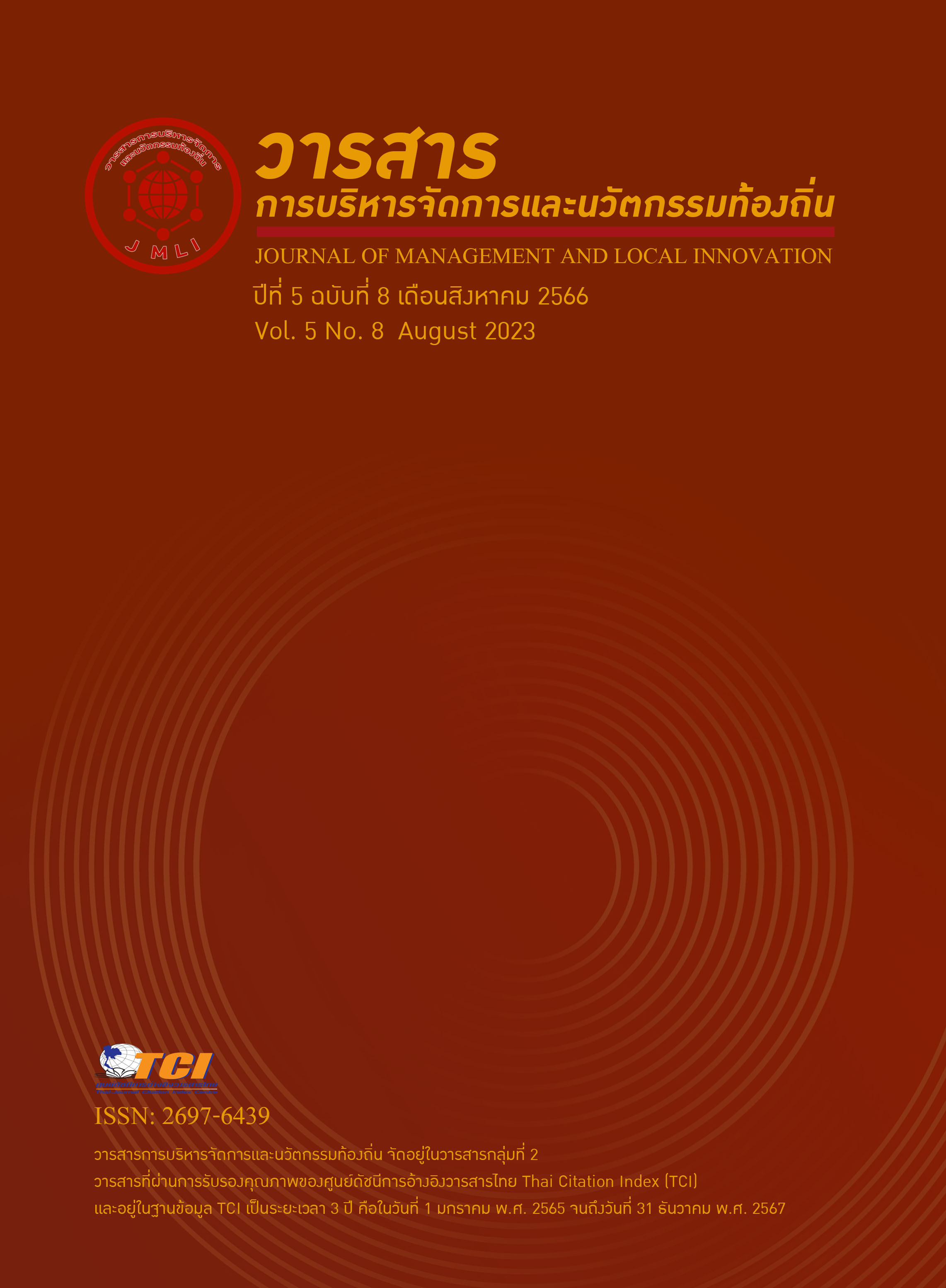The Implementation of Early Intervention Services of the Network for Enhancing Efficiency of Education Management of Regional Special Education Center 3
Keywords:
Early Intervention ServicesAbstract
The objectives of this research were to 1) study the implementation of early intervention services of the network for enhancing efficiency of education management of Regional Special Education Center 3, 2) compare the implementation of early intervention services of the network for enhancing efficiency of education management of Regional Special Education Center 3 varied by genders, ages, education levels, and work experiences; and 3)obtain the suggestions for the implementation of early intervention services of the network for enhancing efficiency of education management of Regional Special Education Center 3. Determined by Krejcie and Morgan's table with the simple random sampling, the sample consisted of 136 teachers across the network for enhancing efficiency of education management of Regional Special Education Center 3. The instrument was a set of five-point rating scale questionnaires with the reliability at .968. The statistics used to analyze the data included frequency, percentage, mean, standard deviation, t-test, and f-test. The research revealed that 1) the implementation of early intervention services of the network for enhancing efficiency of education management of Regional Special Education Center 3 overall was at a high level. 2) The comparison of the implementation of early intervention services of the network for enhancing efficiency of education management of Regional Special Education Center 3 varied by genders overall was not different. 3)The comparison of the implementation of early intervention services of the network for enhancing efficiency of education management of Regional Special Education Center 3 varied by ages overall was not different. Separately, the preparation of an individual education management plan, mentoring, evaluation, and transfer had a statistically significant difference at .05; while the progress assessment had a statistically significant difference at .01. 4) The comparison of the implementation of early intervention services of the network for enhancing efficiency of education management of Regional Special Education Center 3 varied by education levels overall and separately was not different. 5) The comparison of the implementation of early intervention services of the network for enhancing efficiency of education management of Regional Special Education Center 3 varied by work experiences overall was not different. Separately, the general data collection procedures of children with disabilities and the basic competency assessment procedures had statistically significant difference at .01. 6)The suggestions for the implementation of early intervention services obtained from this study were likely used as the guidelines for the implementation of early intervention services of the network for enhancing efficiency of education management of Regional Special Education Center 3 as follows. 1) Collecting the general information on children with disabilities, schools needed to have a preliminary assessment room to organize activities for reducing stress and making familiarity with children; so the children would trust and show their true behavior, leading to collect the data on behavioral and emotional development better. 2) Screening the types of educational disabilities, teachers had to use a suitable disability screening form for learners in order to classify a particular type of educational disability. 3) Assessing the basic competency of learners with disabilities, school administrators needed to appoint the committee in a small group meeting between interdisciplinary teachers and parents as to analyze and prepare the behavioral data of learners with disabilities for comparing their development by ages with the development of children in general. 4)Preparing the individualized education management plans, responsible teachers had to use the results of the basic competency assessment of learners for individualized education management and in accordance with disabilities and special needs of each learner. 5) Teachers needed to organize activities to meet the special needs of learners with disabilities and take account of the basic ability level and limitations of an individual in providing instructional activities to them. 6) Making the progress assessment, teachers needed to take notes and collect data on the development of learners with disabilities before, during, and after assessing their progress. 7) Schools had to provide a plan and calendar for mentoring, evaluation, and transfer of learners through the coordination with relevant agencies for the transfer of learners with disabilities.


